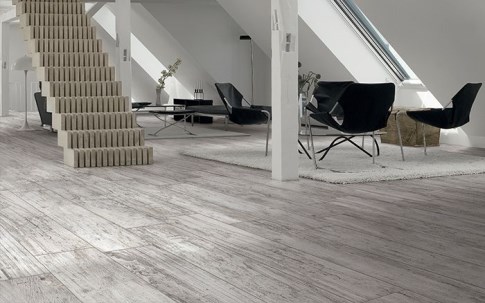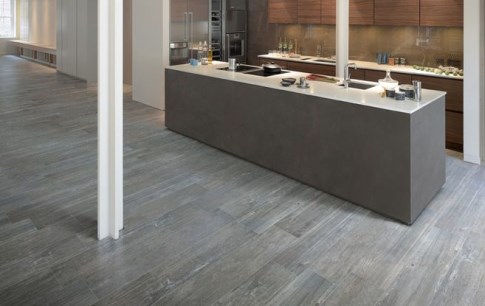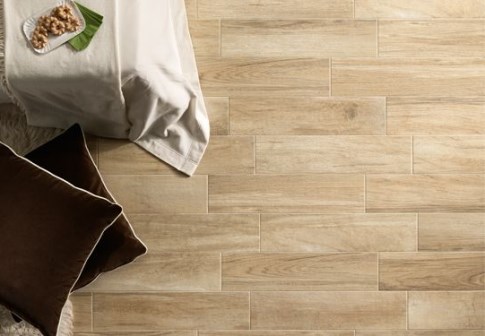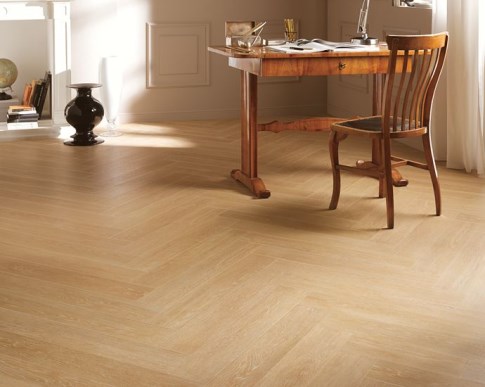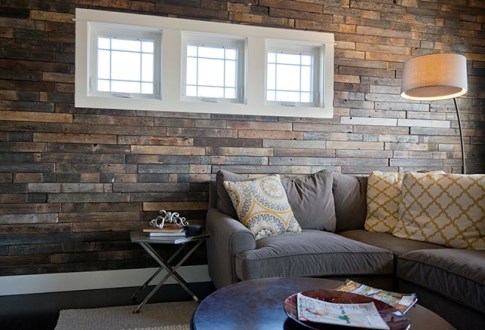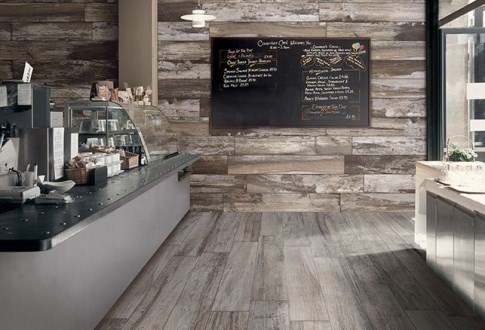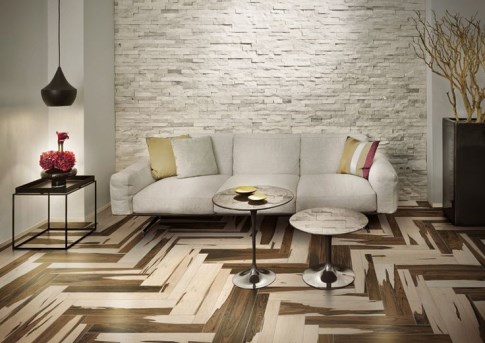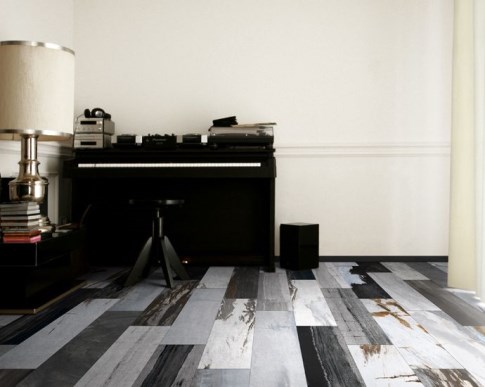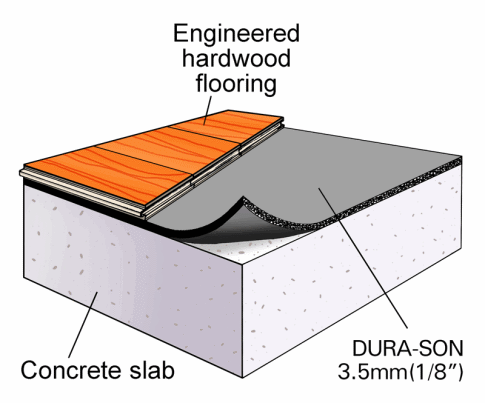
Noise is often a contentious issue in multi-unit residences, as any condo dweller can attest to. When owners want to install hardwood or laminate flooring, strata bylaws often require the use of an underlay with acoustic properties to reduce to the sound transmission to the unit below. Here are a few commonly asked questions about the acoustic underlay required.
Which underlay should I buy to use in my building?
Each strata has different rules about the flooring and underlay allowed in their building. Some may require council approval of the materials before installation. Check with your strata before purchasing your flooring. If your strata requires approval before installation, your flooring provider can provide you with product specifications and documented test results to give to your strata council.
My strata requires an underlay with a certain STC and IIC rating. What does this mean?
These are sound-control ratings often used in building codes and strata guidelines. The higher the rating, the better the underlay is at sound reduction. Sound Transmission Class (STC) ratings measure transmission of airborne sounds such as neighbours talking or playing music. Impact Isolation Class (IIC) measures impact sounds transferred from the floor to the unit below. Impact sounds are foot steps, objects falling on the floor etc. Manufacturers have their products tested in a lab according to ASTM International standards to determine the STC and IIC ratings.
Does an acoustic underlay reduce all noises for my neighbours below?
No. An acoustic underlay with good IIC and STC ratings will reduce noise transfer but will not eliminate all noise. The effectiveness of the underlay depends on your lifestyle and the construction of the building. If your lifestyle is noisier, your neighbours will be more likely to hear you. Active kids, walking in heavy shoes or high heels and dropping things may create noise that cannot be entirely quieted by any acoustic underlay.
The settings of the underlay lab tests may be different from the construction of the subfloor and ceiling of your building. Most underlay is tested on concrete slabs. IIC and STC ratings increase when the concrete slab thickness increases or when a drop or suspended ceiling is present in the unit below. Ask your flooring provider for testing results that specify the subfloor and ceiling assembly used during lab testing.
The ratings will be decreased for buildings with wood frames and plywood substrates since these materials are bad at preventing sound transference. If you do not have a concrete subfloor or acoustic concrete topping between floors, it’s highly recommended to look into additional sound barrier options. Your downstairs neighbours will thank you.
Is there anything else I can do reduce noise?
Adding a few area rugs to your decor will help reduce noise in areas where the rugs have been placed.
Can I do a nail down installation with acoustic underlay underneath?
No. The sound travels through the nails and negates the effectiveness of the underlay.
Is there a specific underlay you recommend?
We recommend using Shaw Silent Step Ultra. The 72 dB IIC and STC ratings satisfy most strata council requirements about flooring and acoustic underlay. Full testing data from a reputable third party lab is available upon request.
For more information we recommend reading:
Hardwood Floors – The Magazine of the National Wood Flooring Association. “The Lowdown on Wood Flooring Underlayments”
Master Floor Covering Standards Institute. “Noise Problems and Acoustical Barriers”

 December marks the beginning of a holiday season calendar filled with work parties, drinks with friends and quality time with family. We have picked two wines to be your go-to’s during the busy holiday season. Our criteria for picking great holiday wines was that they had to be:
December marks the beginning of a holiday season calendar filled with work parties, drinks with friends and quality time with family. We have picked two wines to be your go-to’s during the busy holiday season. Our criteria for picking great holiday wines was that they had to be: